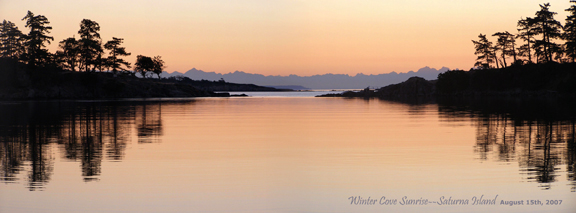
Furthur is equipped with two radars and chartplotter with Automated Information Service-B. AIS-B uses GPS & VHF technology to notify other AIS equipped vessels with your information. This information includes name, type of vessel, heading, speed over ground (SOG) and your bearing. This same information appears on your chartplotter for other AIS contact vessels. During my final watch from midnight to 0300 while passing seaward of the Long Beach Vessel Traffic System (VTS), I had some challenging excitement.
With no moon but clear skies, we had the lights of Avalon Harbor on Catalina Island behind us on our starboard quarter. Derek was in quarters & Brian was asleep in the pilot berth behind me. At 0200 two blips appeared on radar off our starboard bow six & eight miles out. I watched as they approached our heading. AIS-B revealed that the closest ship was the Orion Express making 16.4 knots, obviously heading NW for the Longbeach Harbor VTS lane. The second ship was the APL Holland, further out to starboard but closing on Orion's heading making 21 knots. Who would get "there" first? But more importantly, how was I to deal with them? Furthur was on autopilot making 7.5 knots, turning 1050 RPMs.
As I plotted my solution, it became obvious, IF NOTHING CHANGED, that we would safely pass between them as they closed on Longbeach. I maintained course and speed.
The lead vessel crossed our bow at 1 nautical mile (NM). The APL Holland crossed astern 1.25 NM. About ten minutes later when our bow began to pitch, Brian woke up. In an excited voice he said, "What did you do, change our course?" Calmly I informed him, "No, that's just the wake of a freighter."







